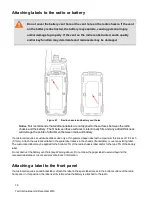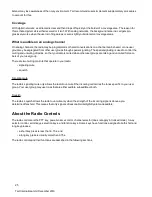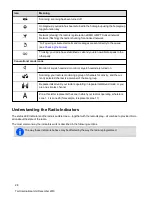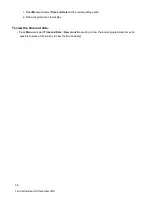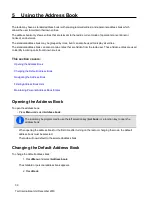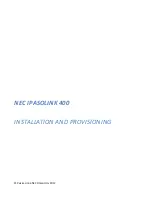
3 Getting Started
This section provides an overview of the TP9500 DMR Portable Radio, describes the radio’s controls and indicators,
and explains how the radio menus are organized.
This section covers:
Understanding the Radio Display
Understanding the Radio Indicators
Using Function Keys to Access Frequently Used Features
Using the Alphanumeric Keys to Search a List
About Your Radio
DMR digital radios can be programmed for DMR conventional or DMR trunked operation. Analog conventional and
MPT operation is also available.
DMR and MPT trunking operation is controlled by a software license (SFE) and may not be available
with your radio.
In DMR and MPT trunking operation, dual-mode networks are able to receive both digital and analog calls.
Differences may be noticed between digital and analog calls in terms of:
• static noise in low signal areas, and
• radio coverage in marginal reception areas.
Lack of static noise
On digital networks there is no static noise, even in low signal areas. This lack of static is because the digital radio
removes the ‘noise’ from the call, so that only clear voice is audible.
Active Noise Cancellation
Active noise cancellation uses a secondary microphone on the back of the radio to actively filter out background noise
in loud environments. When safety features such as Loneworker Monitoring or Radio Monitor are activated, the
24
Tait International Ltd December 2019









